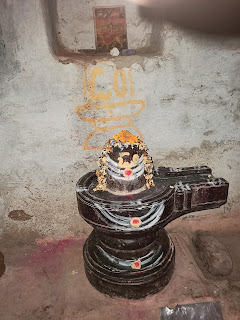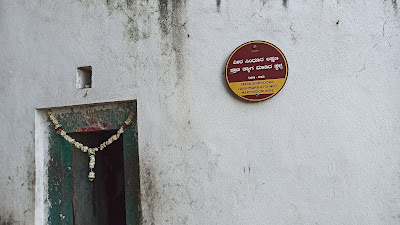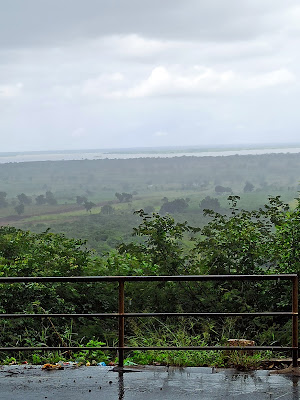In the year 1876, Subbanna Bhajantri gave birth to Appanna in Bilagi as his second son.
A group of people who used to play music at important events including weddings and sacred festivals are known as a bhajantrigaru. Shehanayi or Sanadi is one of the several tools utilized in this process. Still there are lot of people around Bilgi take this as profession and play shehanayi in weddings and festivals. In Bilgi there are Appanna's dynasty who played the shehanayi at international levels also.
His father provided this work of art and his brother Babanna helped Appanna to sustain it. Appanna became well-known and adapted both the Hindustani Sangeeta and the Karnataka Sangeeta via his earnest devotion to this art.
Appanna gained the hearts of countless people because of his devotion, humility, and sincerity. He was welcomed to every programme and became very famous.
Even though he passed away on September 6, 1945, he is still present in the world today thanks to the film: Sanadi Appanna..
Sanaadi Appanna is a 1977 Indian Kannada-language musical film directed by Vijay based on the novel Kuniyitu Hejje Naliyithu Gejje by Krishnamoorthy Puranik which was based of Sanaadi appannas life story. Krishnamoorthy Puranik is also an eminent of Bilgi wrote Sanadi appanna's story as a novel.
In this film Dr Rajkumar played the role of Sanaadi appanna. It is notable for the fact that Bismillah Khan played the actual shehnai for Rajkumar's character in this movie.
We are proud to say Sanaadi Appanna is from the holy land of Bilgi.
































.jpg)


.jpg)


.jpg)


.jpg)
